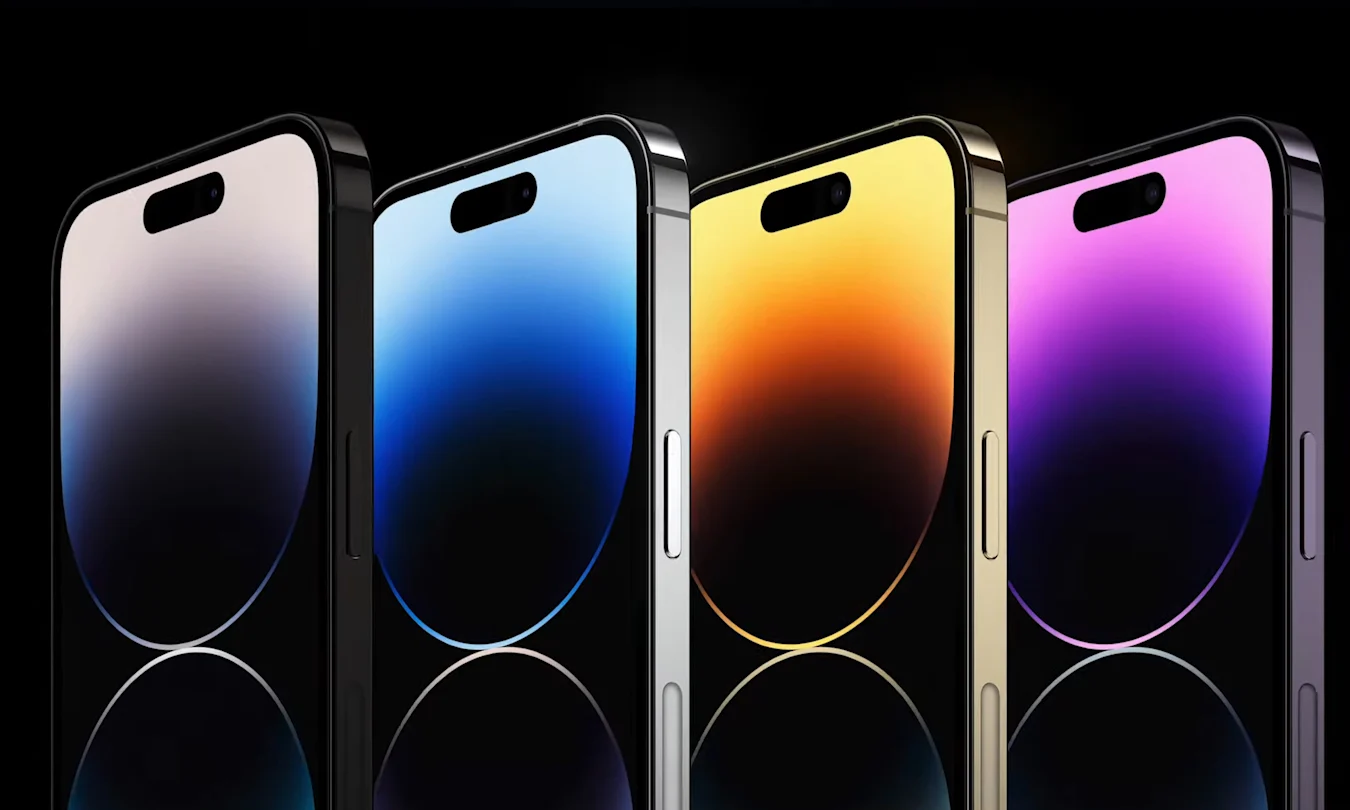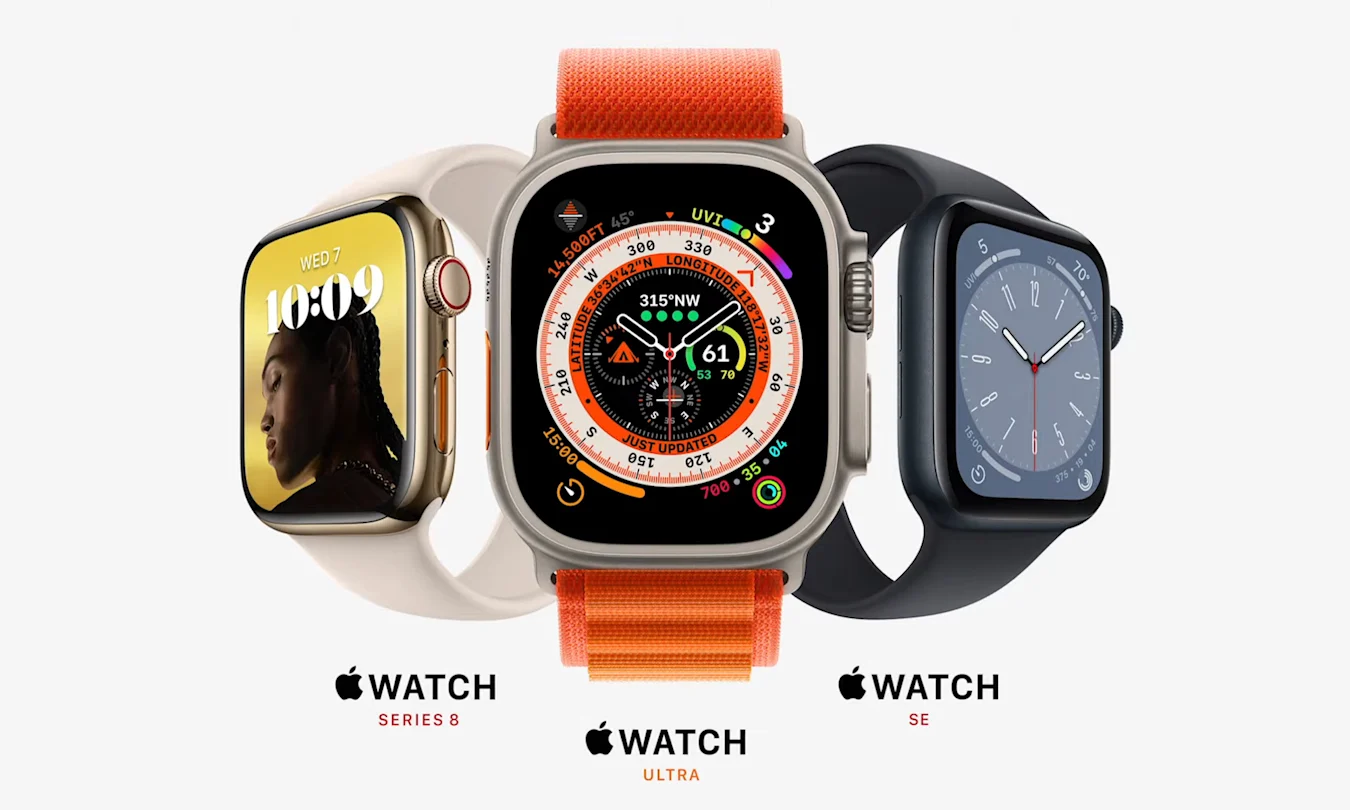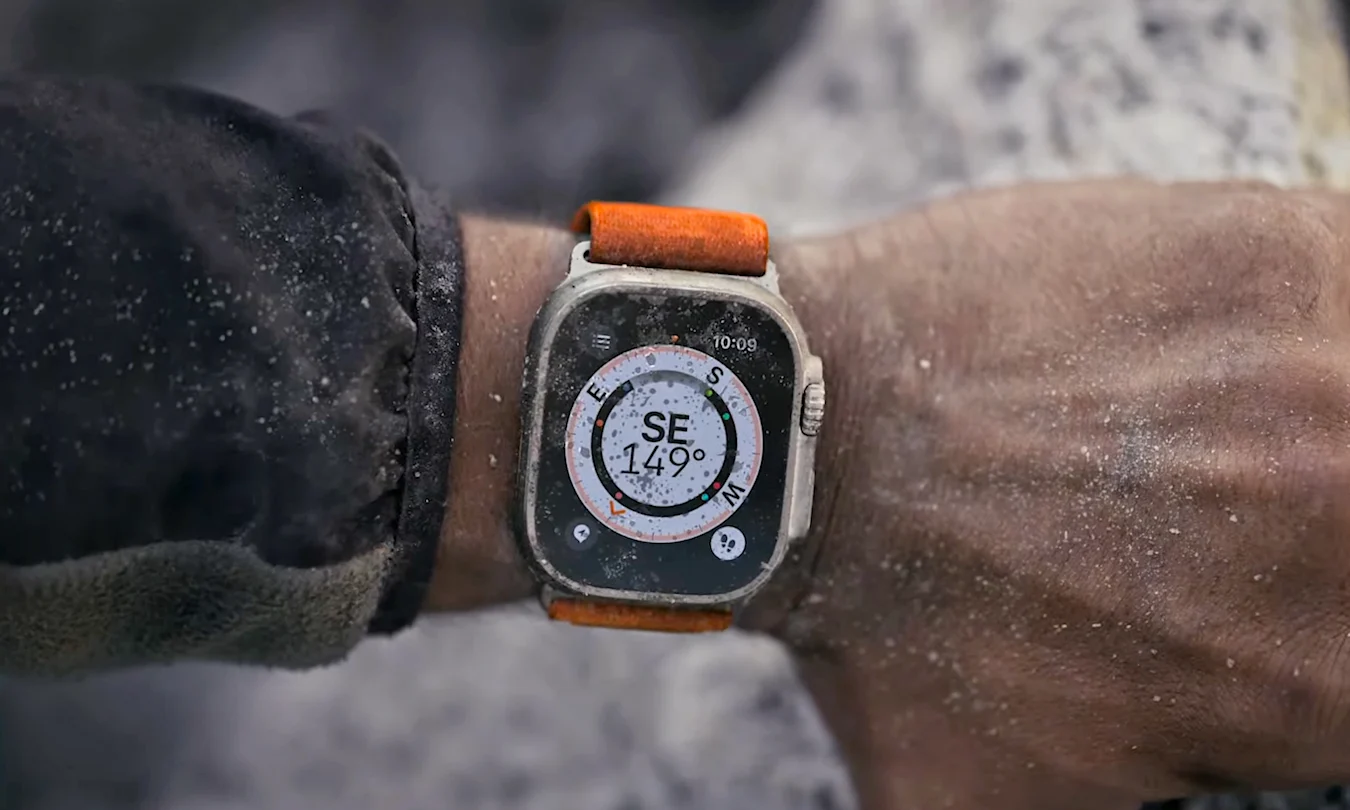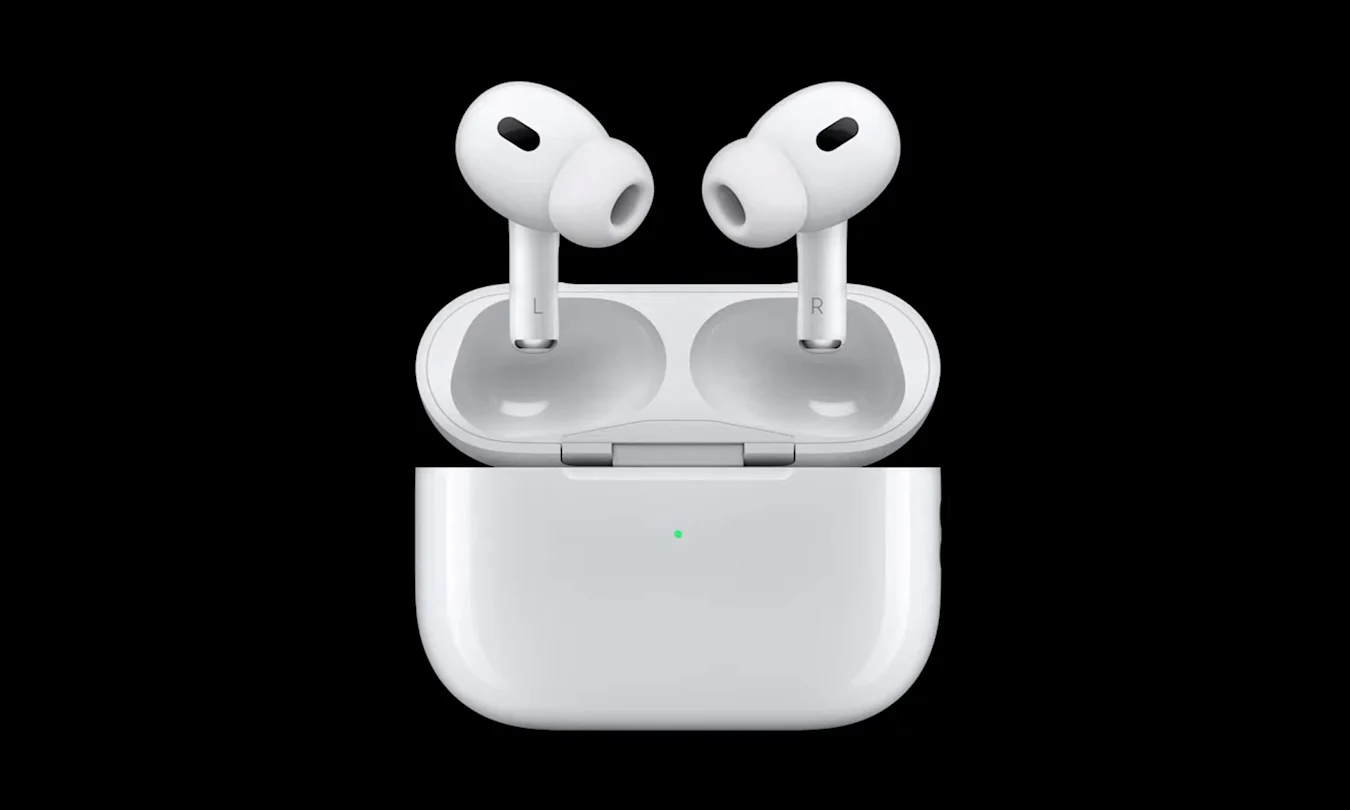As usual, Apple’s September event was packed with new hardware, most of which we aren’t too shocked to see. The rumor mill correctly predicted the all-new Apple Watch Ultra, as well as the more iterative Apple Watch Series 8 and a new Apple Watch SE. And the iPhone 14 and 14 Pro mostly met expectations, as well — including the sad fact that the iPhone mini is no more. The AirPods Pro have also gotten a long-awaited update, though we’d classify this as another iterative change.
The iPhone 14 and 14 Pro

Shocking no one, Apple introduced four new iPhones today across two different lines. The iPhone 14 is joined this year not by a mini model, but by a bigger iPhone 14 Plus with a 6.7-inch screen. Aside from the bigger screen, the design is essentially identical to last year’s iPhone 13. As is often the case, the camera got some of the biggest upgrades — Apple says the main back camera as well as the front-facing TrueDepth camera are all new, and they’re combined with a new photo processing pipeline called the Photonic Engine for improved low-light performance. The True Tone flash has been improved, as well. And for video shooters, a new “action mode” should reduce shaking and vibration that occurs when you move around while filming.
There are also some notable new safety features on board here. Just like the new Apple Watch models, the iPhone 14 features crash detection, which uses a new accelerometer and gyroscope along with machine learning models to detect severe car crashes; it’ll automatically call emergency services if a user is unable to reach or use their phone. The new iPhone also has a satellite connection to contact emergency services in places where there’s no cellular signal. As usual, Apple also says that the iPhone 14 will have better battery life than ever before — particular the iPhone 14 Plus, which can have a bigger battery thanks to its larger size.
The iPhone 14 Pro and 14 Pro Max come in the same two screen sizes and include all the features found on the iPhone 14, along with some notable improvements. The iPhone 14 Pro has an “always-on” screen for the first time. The refresh rate drops to 1Hz and the screen dims, similar to what happens on the Apple Watch’s own always-on display. This lets you see notifications and widgets from the new Lock Screen in iOS 16 at all times.
Another significant change to the iPhone 14 Pro display is that the notch has been replaced with a circular cut-out that Apple calls the Dynamic Island. Rather than just leave this space as a blank hole to house the front-facing camera and face detection systems, this area will work alongside iOS 16 to provide a quick view at background processes running on your phone like timers, directions, Face ID or music playback. We haven’t seen it in action yet, but it seems like a good improvement over the static and fairly large notch that has been part of the iPhone for years now.
Apple’s iPhone Pro lineup always has some significant camera advantages, and that’s the case again this year. The iPhone 14 Pro has a new 48-megapixel, quad-pixel sensor for the main camera lens. Typically, the iPhone 14 Pro will combine four pixels into one ultra-sized pixel that keeps image size around 12MP but allows for significantly improved low-light performance. You can also use 2x telephoto zoom with no loss of quality, as it just uses the middle 12 megapixels of the sensor for full-sized images. The ultra-wide camera and front-facing camera are also all new, and naturally the iPhone 14 Pro uses the new Photonic Engine for further image improvements.
All iPhone 14 and iPhone 14 Pro models will be available for pre-order on Friday, September 9th. The iPhone 14 starts at $699 and will be widely available on September 16th, while the $799 iPhone 14 Plus arrives on October 7th. The iPhone 14 Pro and 14 Pro Max start at $999 and $1,099, respectively, and will also be in stores on September 16th.
Apple Watch Series 8, Apple Watch Ultra and Apple Watch SE

As expected, Apple Watch Series 8 is just a minor tweak to the existing Apple Watch formula. The main new hardware features are a temperature sensor and two new accelerometers that work in concert with the Watch’s existing sensors to detect car crashes. If you use the temperature sensor overnight, women can get estimates about when they’re expected to ovulate, as well. The Series 8 is also getting a new software feature called low power mode. Apple says this should extend battery life from the standard 18 hours to 36 hours by turning off features like the always-on display and features like automatic workout detection while keeping key tools like activity tracking on. Fortunately, this feature is coming to all Apple Watches since the Series 4.

The $799 Apple Watch Ultra, however, is an entirely new beast. It resembles the original Apple Watch, but with a much larger 49mm display and a flat front crystal that is built to project the screen from side impacts. The Digital Crown and side button are built into a new protruding area that helps protect the crown, and there’s a new “action” button on the left side of the Watch, as well. You can customize that button to launch any feature or app you want — like starting a workout or activating a built-in dive computer.
Speaking of dives, the Ultra has twice the water resistance of the standard Apple Watch, and it also has a bigger battery rated for 36 hours of usage. That can be extended to 60 hours using the new battery saver feature. Given that the Apple Watch Ultra is much larger than its predecessors, it requires new bands, and Apple designed three entirely new options: Trail Loop, Alpine Loop and Ocean Band. Each of those bands is meant for a different activity. You can pre-order the Apple Watch Ultra today, and it’ll be available in stores on September 16th.

Finally, Apple updated the entry-level Apple Watch SE. It starts at $249 and has a larger screen, the same crash detection features as the Series 8, a 20 percent faster S8 chip and health features like AFib history and heart rate notifications. Thankfully, this means Apple has finally stopped selling the ancient Apple Watch Series 3; the SE is now the cheapest option available.
AirPods Pro

The new AirPods Pro look essentially identical to the original model, but there are a lot of nice updates on board here. Perhaps most significant are touch-sensitive areas on the headphone stems that you can swipe to adjust volume, a pretty handy addition for when you don’t want to ask Siri for help. The new H2 chip, meanwhile, offers up to two times the noise cancellation performance as the original AirPods Pro, along with improvements to overall sound quality and transparency mode. Battery life has been improved, too — you should get about 6 hours per change, or 30 hours total with the charging case.
The charging case has gotten some good improvements, too — it now works with the small Apple Watch charging disc as well as the MagSafe charger and any other Qi-compatible wireless chargers. It also has a built-in speaker so you can find it if you lose it, and there’s also a lanyard attachment. The new AirPods Pro cost the same $249 as the last model, and they’ll be up for pre-order on September 9th and available on September 23rd.
All products recommended by Engadget are selected by our editorial team, independent of our parent company. Some of our stories include affiliate links. If you buy something through one of these links, we may earn an affiliate commission. All prices are correct at the time of publishing.